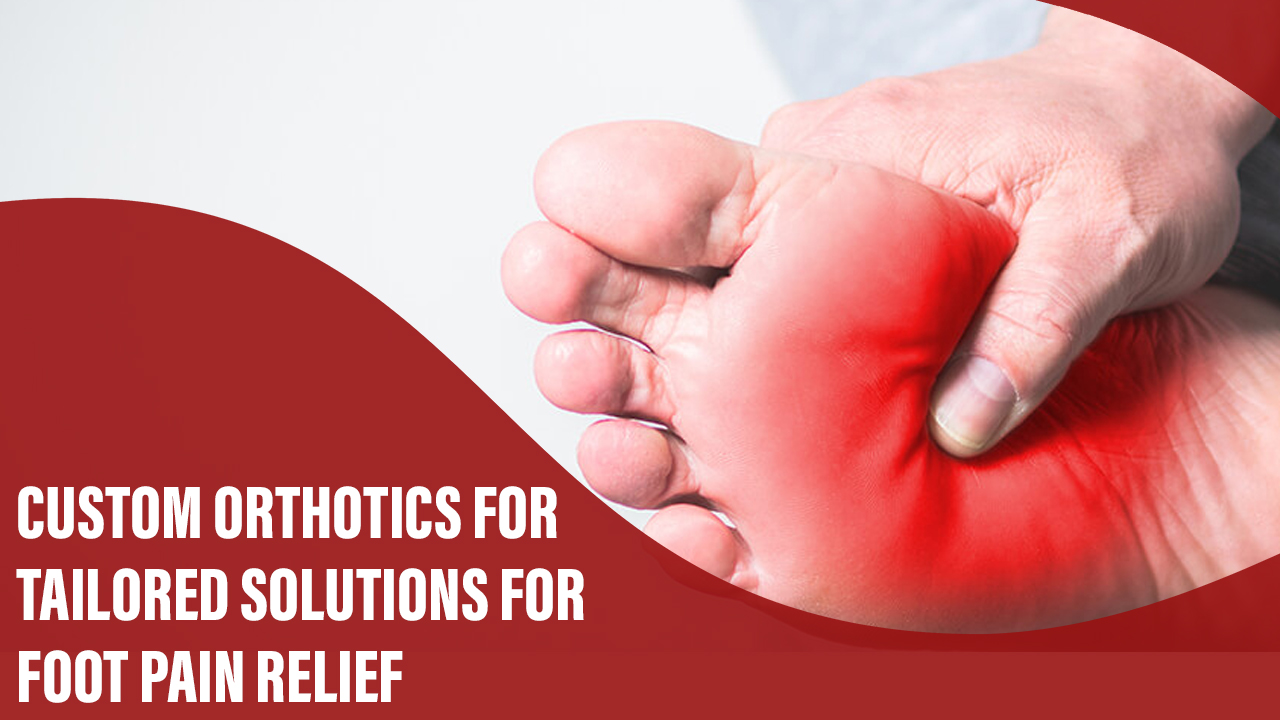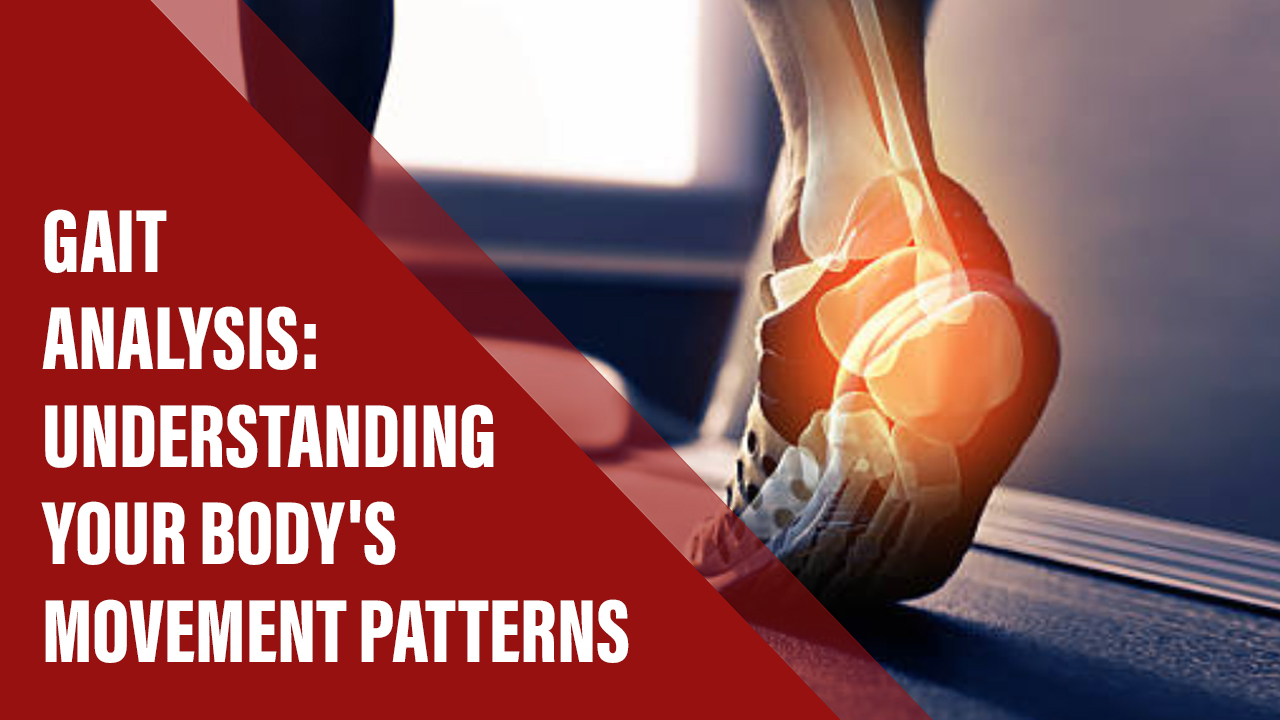Custom Orthotics For Tailored Solutions For Foot Pain Relief

Custom orthotics are personalized shoe inserts designed to address various foot issues and improve biomechanical alignment. These orthotics are crafted based on thorough gait analysis and foot examination to tailor them to the specific needs of the individual. The importance of orthotics in foot health cannot be overstated, as they play a crucial role in […]
Gait Analysis: Understanding Your Body’s Movement Patterns

Gait analysis is the systematic assessment of human locomotion, encompassing the study of how individuals walk or run. It involves examining the biomechanics and physiological aspects of movement to understand various patterns and abnormalities. This process is crucial in clinical settings, sports medicine, and rehabilitation programs, where it aids in diagnosing musculoskeletal disorders, neurological conditions, […]
